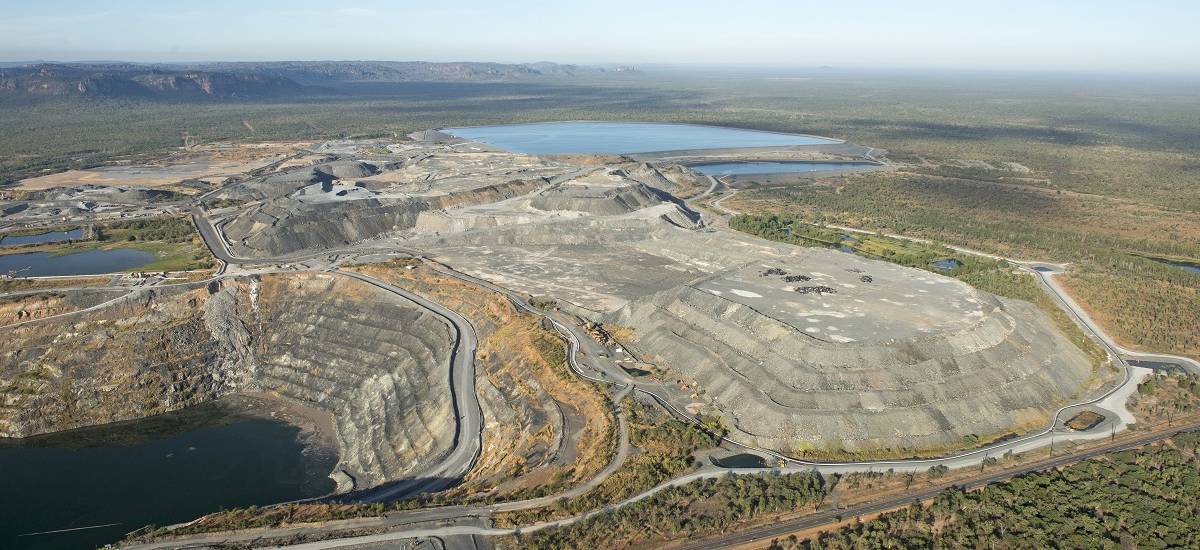Uranium conference recap: a brave nuclear world

While COVID-19 has ushered in harsh restrictions, slowing or even halting many industries, the outlook for nuclear power is looking positive.
This was the takeaway from the AusIMM International Uranium Digital Conference 2020. Professionals presented and discussed economics, policy, emerging technologies and uranium mining over five sessions across two weeks. The conference highlighted the need for robust, evidence-based discussions with the aim of producing a safer, better and more prosperous uranium industry.
Background to the conference
Current uranium prices have skyrocketed to ~$33/lb. A series of coalescing microtrends – including the shortage of new mining and production projects, development of new technologies like Small Modular Reactors (SMRs), and a Chinese pledge for nuclear power as part of its energy supply – have driven up prices.
While Australia holds roughly one-third of the world’s reasonably assured uranium resources, the current moratorium and negative public perception remain the greatest obstacles to nuclear power in Australia. A Federal Inquiry in 2019 advocated a partial lifting of the moratorium, but bipartisan political approval is essential for the industry’s future development.
What does the future hold?
The flexibility, portability, safety and simplicity of SMRs launches them into the future of the clean energy mix. Seismic resilience, cyber security, low construction times (3-5 years) and lower initial capital costs are among their major advantages. Alexandra Blood (Executive Director, Mineral Resources Department for Energy and Mining) spoke of crowd sourcing in exploration, another recent innovation. Australian examples of this include the Explorer Challenge (1000 participants), and the Gawler Challenge (over 2000 participants).
Climate change and technological advances have opened discussions on how we, like China, can include nuclear power in our energy mix as we decarbonise. 70 per cent of global energy is currently supplied by fossil fuels. According to Dr Adi Paterson (CEO, ANSTO), to cap temperature rise at 1.5°C by 2050, 90 per cent of energy needs need to be met by low carbon technologies. This goal can be easily met by a combination of nuclear power and renewable energy sources.
To quote uranium conference panellist Andrew Weekly, founder and CEO of SmithWeekly research – ‘When you weigh total costs of all energy sources, carbon impacts, emissions sources, environmental, land footprint, component life cycle, up time, reliability, safety, construction standards, etc… nuclear power wins by a wide margin. Burn wood, burn oil/gas/coal, biomass, solar, wind, geothermal, rats on a wheel, tesla batteries, hydro… energy mastery is nuclear until a better form of energy is harnessed. The delivery of that narrative to the Australian public is the challenge.’
The next chapter
As we move forward through COVID-19, the future for many commodities remains uncertain. But for uranium, and for nuclear power in Australia, the current pandemic may instead provide a springboard for us to reconsider how we fuel our need for energy. It merely remains for the innumerable benefits of Generation IV reactors to be effectively communicated to the public. In the future, our goal should be to de-scare uranium as we enter a brave nuclear world.